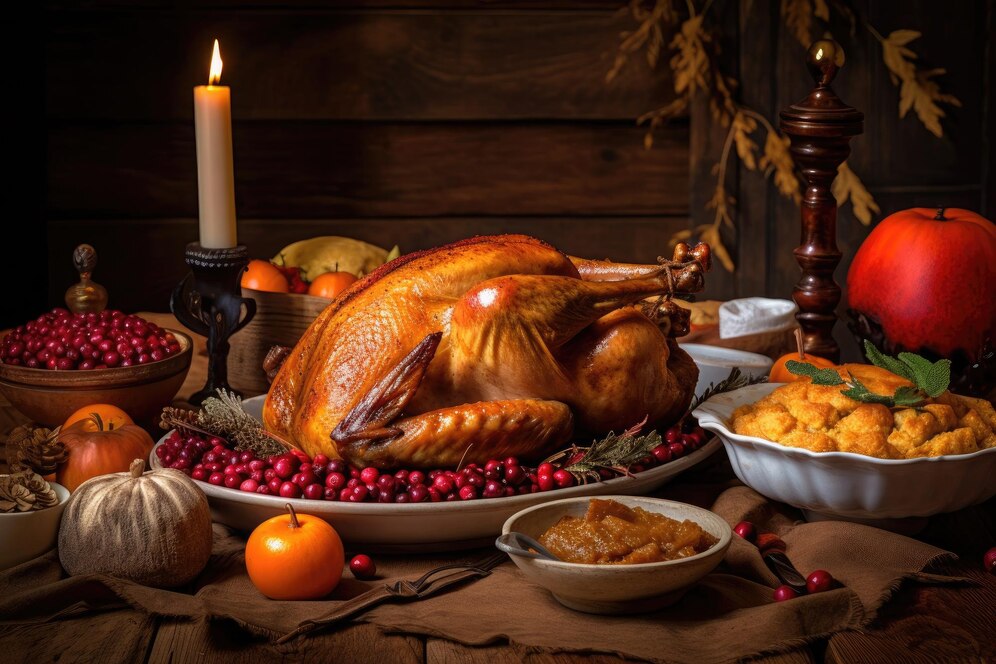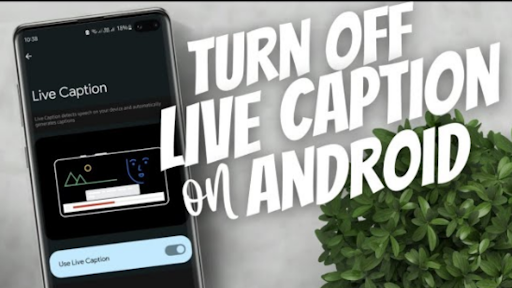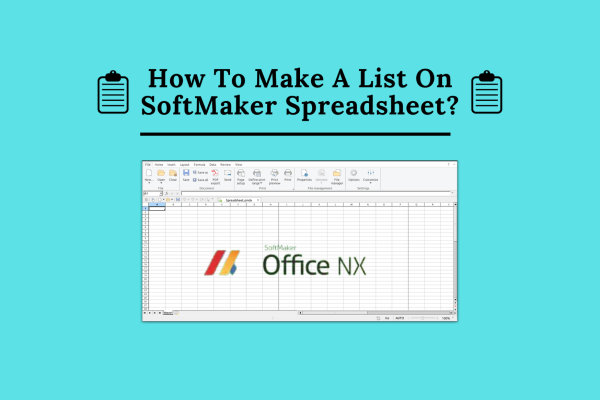Everybody has thanksgiving customs, be it a dish that is anticipated throughout the year or Grandpa’s monologue that introduces the meal. Your loved ones are aware of the things to anticipate when they visit you on an occasion that is so rich with tradition. As a bonus, how about indulging your visitors with some new traditions? While there’s nothing terrible with our customs surrounding thanksgiving, there are plenty of chances to try out some fresh themes for thanksgiving parties and entertaining ideas that the whole family may enjoy. It is impossible to accurately forecast how a party will proceed or the extent to which guests will have fun. But if you prepare ahead of time and come up with a few brilliant ideas, you can increase your chances of having a hugely successful party. Listed below are some thanksgiving party ideas to help you organize an amazing thanksgiving celebration.
Table of Contents
List of Amazing Thanksgiving Party Ideas
Organize A Unique Themed Party

The first step towards making your party unique is to come up with a fantastic theme that all of your guests will find relatable and inspiring. Choosing thanksgiving party ideas for the celebration also facilitates better party planning on your part. An autumnal theme or one that emphasizes the contemplative nature of the holiday would be ideal. By emphasizing the yellow, orange-colored, and crimson hues of autumn and fall crops, you can essentially transform your living space into a breathtaking collage of colors. This kind of motif will make your guests grin as soon as they walk into your living room. Making a fantastic first impression is essential to throwing a successful celebration.
Personalized Thanksgiving Cards

You are free to extend an invitation to those who are closest to you using online instant chatting. You’ll save time doing this. But it will undermine your message’s authenticity. Send your visitors a beautifully adorned personalized invitation if you want them to feel welcomed. You might also personalize your invitation with a unique message if there’s enough time. Additionally, you can send a letter to every guest you wish to invite to your party. These kinds of thanksgiving party ideas can make your guests happy. It may excite them to attend your party and make it unforgettable.
Decorations and Recipes for Thanksgiving

Standard fare and décor will dull the spirit of your thanksgiving celebration. You must think of recipes that capture the essence of thanksgiving party ideas. Decorate your space to highlight the splendor of autumn. When it comes to thanksgiving parties, the food always takes center stage. You can always count on serving an enticing turkey roast or pumpkin-flavored dessert for supper. The guests will be eager to get their plates out due to the tantalizing aroma of the turkey dish. You may pair the autumn-themed décor and food to make sure your guests enjoy the exquisite dinner. Use a thanksgiving-themed menu and mugs for the food and beverages.
Prepare fun games

If there are no enjoyable games, the celebration will end quickly. That’s why you should always have a few fun games and activities for your thanksgiving celebration ready for your guests. The party activities facilitate conversation and give the space a joyful atmosphere.
You may organize a writing contest where participants write interesting facts about their ancestors or something they are very grateful for on a piece of paper. Additionally, you may use stationery with thanksgiving-themed activities. You may create a very memorable thanksgiving by being mindful of little details such as these. If you invite fewer people, you may play a game of poker. This game is enjoyable and amusing.
Adding Favors to your Thanksgiving celebration

A thanksgiving gathering is best ended with a variety of party favors. Party favors don’t have to be very ornate. You may just set aside a brief period after the celebration to express your gratitude to everyone who came and helped to make thanksgiving a memorable event. Party favors that look like small little squash made out of bubble gum or candies covered in orange tissue. You might also think about giving out pumpkin milk candies in the form of leaves and pumpkin toothbreakers. In addition to the candy, the children can also receive coloring books and modeling clay.
Plan An Evening Athletic Event

You can go outside to enjoy night sporting activities with your relatives and close friends upon finishing your thanksgiving supper. Accessories and gear that glow in dark environments are easily accessible. Playing games like nighttime golf, football, frisbees, and dancing hoops among buddies can be done to suit their preferences. It will be an absolute blast for you. Thus, it guarantees that every visitor will remember your thanksgiving party ideas.
Plan a Luncheon

The alternative to throwing the thanksgiving celebration yourself, you could even plan a fantastic luncheon. Everyone would experience partying as an equal opportunity. There would be a diverse range of food products available for everyone to relish. By the weather conditions, you can hold the event either inside or outside. There won’t be any trouble when you enjoy a wonderful time with your loved ones.
Throw An Outside Breakfast

Rather than having supper, you may invite your close companions to a thanksgiving breakfast table. By setting up an outdoor seating area in your garden and decorating it with pennant ribbons and paper chandeliers, you can savor the arrival of fall. It’s a great concept, and everyone will want to spend the remainder of the occasion together. It can be around a swimming pool, where kids and grown-ups can amuse and occupy themselves.
Final words
This year, have a memorable party by implementing any of those creative thanksgiving party ideas. Give thanks for all the things you share in life. Thanksgiving represents the most wonderful period of the year, filled with endless opportunities to have a great time and create lifelong memories. Thanksgiving meal is organized by everyone. However, this year you can try hosting it unconventionally. There’s not a single right method to plan a thanksgiving celebration; instead, you can select from a range of alternatives based on what works best for you. Now is the perfect time to consider different thanksgiving celebration ideas.
Arpita Das Gupta hails from the City of Taj Mahal, Agra; decided to become a full-time writer after quitting her job at a multinational organisation to pursue her dream. For the last six years, she has written on many aspects of modern life. Has a passion for writing about wellness, nutrition, culinary cultures, and everything in between. Also attended Integral University in Lucknow, where she earned a Bachelor of Technology degree in Electronics and Communications. Reading, traveling, trying out new recipes, and spending time with her kid are some of the favorite things to do.






